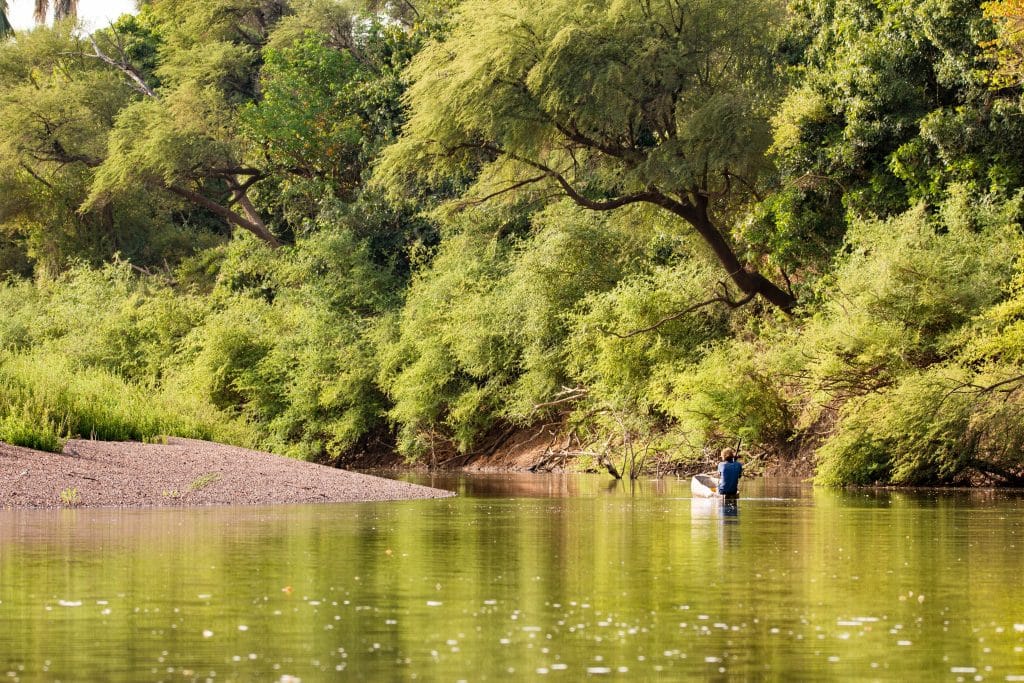The news is not good for the people of the town of Kédougou in southern Senegal. The river Gambia (1,120 kilometers), which flows through Gambia, Niger and several Senegalese towns (Mako and Gouloumbo), is set to overflow its banks in the next few hours. Flooding is imminent, given the signal generated by the river’s hydrometric station and the weather conditions recorded.
“This Thursday at 11am we reached the alert level of 7.45 metres at the Kédougou hydrometric station. The water is gradually rising, with the possibility of the river overflowing its banks, especially in low-lying areas, which could lead to flooding and damage to public buildings next to the river. We have been able to identify this risk thanks to our latest generation equipment (warning system, editor’s note)”, explains Niokhor Ndour.
According to the Director of Water Resources Management and Planning (DGPRE), rainfall is expected to accelerate the overflow of the river Gambia. The usual consequences include the destruction of water and sanitation infrastructure, as well as the devastation of homes and plantations (banana plantations, etc.), leading to the displacement of people and livestock. For the record, the floods of August 2022 left 11 people dead and 1,500 displaced, according to Senegal’s National Disaster Management Agency (NDMA).
Read also-AFRICA: OMVS receives Hassan II prize for its management of the Senegal River water
In this West African country, the capital Dakar is the main target of flooding, particularly between June and October, which marks the rainy season. To limit the economic and environmental impact of this phenomenon, the Senegalese government has launched the Disaster Relief Organisation (ORSEC) plan. In 2021, this plan will see the purchase of around fifty hydro-cleaners to unblock drains, as well as 150 motor-driven pumps, at a cost of 27.8 billion CFA francs (42.3 million euros).
Benoit-Ivan Wansi
